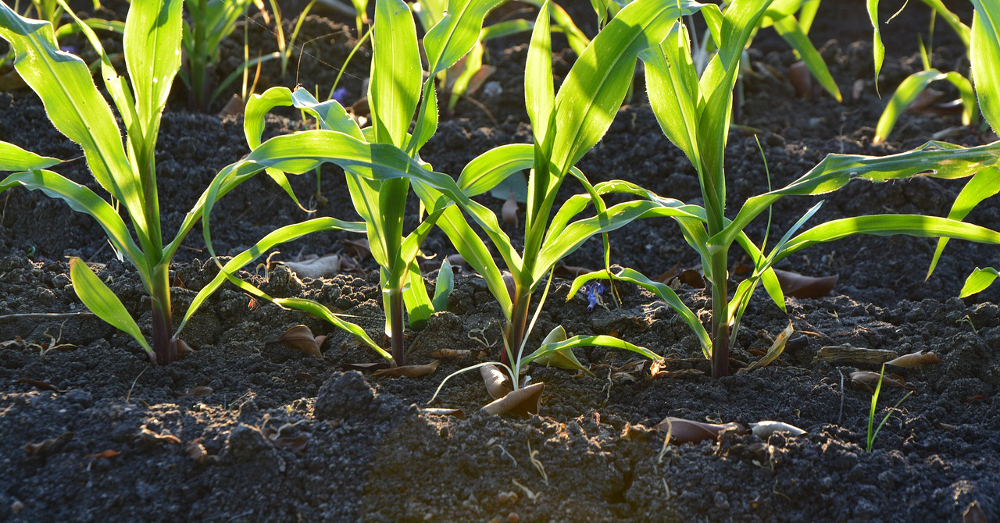
Sikkim: An Organic Vision Becomes Reality
Sikkim, a small northeastern Himalayan state between Nepal and Bhutan that boarders China in the North, made an important decision in 2010. Chief Minister Sri Pawan Chamling had a visionary goal: he wanted to place the state’s entire agriculture land under organic management. To achieve his goal, Chamling launched the Sikkim Organic Mission and within 15 years, the entire agriculture process was converted to organic, and Sikkim was declared “Organic State“ in 2016. This is a worldwide lighthouse example for further conversion of lands towards a 100% organic status.
May 12, 2017 | Source: Organic-Market.info | by Karin Heinze
Sikkim, a small northeastern Himalayan state between Nepal and Bhutan that boarders China in the North, made an important decision in 2010. Chief Minister Sri Pawan Chamling had a visionary goal: he wanted to place the state’s entire agriculture land under organic management. To achieve his goal, Chamling launched the Sikkim Organic Mission and within 15 years, the entire agriculture process was converted to organic, and Sikkim was declared “Organic State“ in 2016. This is a worldwide lighthouse example for further conversion of lands towards a 100% organic status.
The former kingdom of Sikkim (from 1643-1975) is now an Indian state with a “glorious history of agriculture where people and nature lived in perfect harmony.“ (quoted from “Sikkim on the Organic Trail,” a government brochure). Although Sikkim’s population of only 600,000 people living within 7,100 square kilometers (2741 mi), the state enjoys a remarkable biodiversity, with 4,500 flowering plants and 500 species of butterflies, 28 mountain peaks, including Mt. Kangchendzonga, which is 8,586 m (28,169 ft) high, and more than 80 glaciers, 227 high-altitude lakes and 104 rivers. The climate ranges from pleasant weather conditions to tropical and cold alpine weather. Around 70% of the rural population, a multiethnic mix, depend upon agriculture and allied sectors.
Organic vision and wise decision
According to “Sikkim on the Organic Trail,” the way forward to an organic state was not clear at first. But in 2003, Sikkim’s State Legislation Assembly passed a resolution to adopt a state-wide organic farming system. Under Sri Pawan Chamling’s leadership, “the frame was set to maintain nature conservation and support sustainable management for long term benefit to the communities, environment, economy, and finally the country,“ the brochure reads.
In a public address, the Chief Minister said, “I appeal to all my fellow citizens of this beautiful Himalayan State of Sikkim to make this Sikkim Organic Mission a great success. This will not only be beneficial to all citizens of the State in terms of health and wealth, but will also be beneficial for our precious land, water sources and ecology…We have not inherited this earth from our forefathers but have borrowed it from our future generations, it is our duty to protect it by living in complete harmony with nature and environment…I appeal to all my hard working farmers, educated and uneducated youth with full enthusiasm, dedicated officials and my colleagues in the legislature and the cabinet serving the people of Sikkim to accept this challenge for our long term benefit and make Sikkim a leader in the area of organic farming and a source of inspiration not only for the country but for the entire world.“
